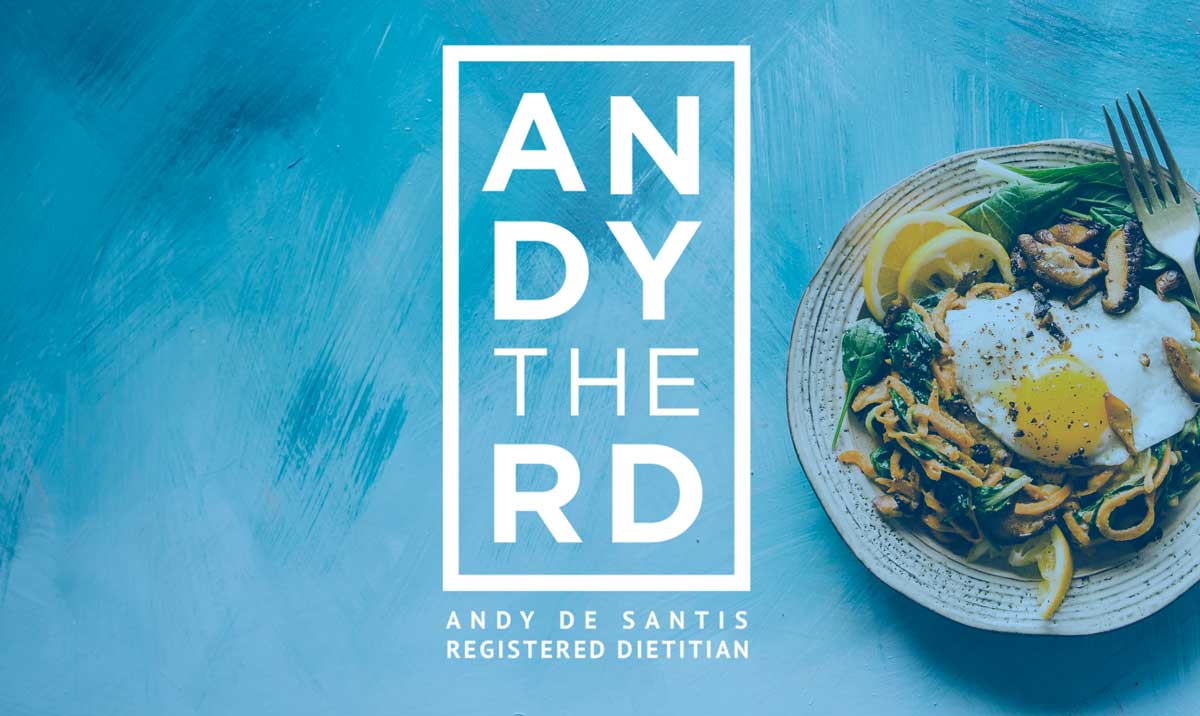Among macronutrients, protein has unique characteristics which often lead it to be viewed as metabolically advantageous for those trying to optimize the satiety of their dietary pattern and muscle mass.
This is a topic I discuss at great length in my brand new book, pictured and linked below!
These advantages are largely related to the extra energy required to break down protein, the connection between protein intake and muscular development as well as the overall satiating capabilities of protein above and beyond other macronutrients.
But how do you find that sweet spot where you make the most of the metabolic advantages protein has to offer without letting it completely dominate your dietary pattern?
Especially when people so strongly tend to associate protein with meat.
The excessive presence of animal protein in your diet may raise cholesterol levels and increase your risk of cardiovascular disease.
This is especially true if they are displacing or replacing plant-based proteins, which are well known to reduce cholesterol levels and cardiovascular disease risk.
So Where Do We Begin?!
In some facets of the fitness community where high protein intakes and protein supplements are frequently highlighted as “fitness essentials” it may not be unusual for intakes as high as 3+ grams of protein per kilogram of body weight to be broadly recommended.
Although there is certainly merit for any given individual to consume protein intake at a level that is line with their unique context and goals, what is fairly considered as “high” protein intake and what evidence exists to either support or refute the claims that more protein is always better when it comes to health, fitness and body composition goals?
In today’s article, Sarah Radcliff of Body Talk Nutrition and I will explore the available evidence on the metabolic effects of above average protein intakes in a variety of populations.
Defining “High Protein”
The definition of a “higher” protein intake varies from article to article, and may range from 1.2 g/kg to above 3 g/kg, depending on the context.
Keep in mind that the current Recommended Daily Allowance for protein is .8g/kg, with most recommendations generally increasing this number for those who are more physically active.
To that point, protein recommendations certainly do vary, especially when physical activity and other factors are taken into consideration.
In 2009, the (now) Academy of Nutrition and Dietetics along with the Dietitians of Canada and American College of Sports Medicine published a position paper which indicated that endurance-trained individuals that engage in 10 or more hours of vigorous training weekly may require 1.2-1.4g/kg of protein daily; and athletes that are training for muscle hypertrophy or strength may require 1.4-1.8 g/kg per day.
The National Academy of Sports Medicine (NASM) recommends the number for the latter population be closer to the 1.5-2.0 g/kg per day range.
Those values are supported by a recent 2018 paper out of the Journal Of The International Society of Sports Nutrition which recommended a minimum protein intake of 1.6 kg/ day, spread across four daily meals, to optimize muscle building.
Outside of these notable associations, the internet is full of nutrition recommendations.
Bodybuilding.com, for example, recommends protein intake in the 1-1.5 g/lb range, the upper limit of that range being equivalent to 3.3 g/kg.
But which recommendation makes the most sense for YOU?
Well, that depends who you are and what your goals are.
Muscle Mass/Strength In Postmenopausal Women
A 2017 study by Rosato et al found that, over a multi-week training period, an increase in protein from .8 g/kg to 1.2 g/kg did not alter lean body mass in postmenopausal women who were placed on the same resistance training protocol.
Even so, a 2014 study that muscle strength was higher in in women with at least 1.2 g/kg daily per intake.
Athletes With Reduced Energy Needs ( ie: due to injury)
A 2011 paper out of the Journal Of Sports Sciences cites that, in Athletes who may be reducing their caloric as a result of an injury, a protein intake in the 1.8 g/kg to 2g/kg range may confer benefits in terms of minimizing parallel muscle loss during this period of time.
High Protein Intakes In Fit Young People
A 2006 study out of the Journal Of the International Society of Sports Nutrition found no evidence for improvements to body composition in strength athletes who already consumed protein in the 1.6-1.8 g/kg range, but went into the 2+ range without changing their training.
These results are supported by a 2017 systematic review and meta-analysis by the British Journal Of Sports Medicine which found that in young well-trained males, protein intake beyond 1.6 g/kg did not confer major advantages to muscle gain potential.
Interestingly, a more recent 2018 review paper out of the Journal Of The International Society Of Sports Nutrition has suggested that intakes of as high as 3+ g/kg may be supported in certain cases for the maintenance of lean mass in resistance trained individuals who are facing caloric restriction ( due to injury ) and may also favour the formation of muscle over body fat in a resistance trained population.
It should be noted that this same paper acknowledges that, for most active people, a protein intake in the range of 1.4 – 2 g/kg is completely suitable to achieve those same objectives.
The latter recommendation is in line with most of the other literature to date, and should serve of a valuable guideline for the great majority of active people reading today’s article.
In regards to the 3g/kg super day suggestion, I think it’s safe to say that further research and consideration will be required when it comes to understanding the applicability and utility of very high protein intakes for athletes and active people.
For the young guns out there who feel compelled to eat protein in that upper range regardless of what anyone else says, it’s comforting to know that there appears to be minimal risk of harm to health to the liver or kidneys with higher protein intakes, according to a 2016 study out of the Journal Of Nutrition & Metabolism.
What Does an Intake of 1.5 g/kg vs 3 g/kg per day of Protein Look Like?
Let’s consider an active middle-aged individual who weighs 180 lbs and wants to increase protein intake while reducing caloric intake because he heard that would be optimal optimize fat loss/maximize lean mass retention.
Let’s say that he also did a calculation on some fitness website and estimated his calorie goal for his purposes to be around 2400 calories.
If he aimed for 1.5 g/kg of protein he would be consuming about 125 grams of protein per day ( 180/2.2 x 1.5), which would represent 21% of his total caloric intake and be within the AMDR ranges for protein ( 10-35%).
If he decided to really go hard on the protein, he might try 3 g/kg which would be double the amount, taking him to 250 grams of protein a day.
That would take his protein totals beyond the AMDR to 42% of daily calories, and as a result he may risk displacing other nutrients in order to accommodate his protein target.
And unless he really loved legumes, tofu and soy milk, he’d need to eat a great deal of animal protein on a daily basis.
Concerned About Your Animal:Plant Protein Ratio? My New Book Will Help
Struggling to get adequate protein from a wide array of sources?
My cholesterol lowering recipe + educational book, which contains ample protein-rich recipes from both the plant & animal based realm, will help you both understand why diversity in protein intake is important and how to bring to life on your plate.
Until next time,
Andy & Sarah




